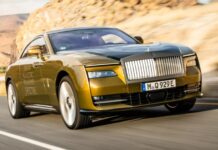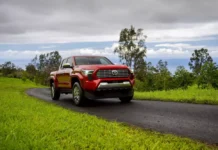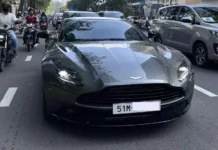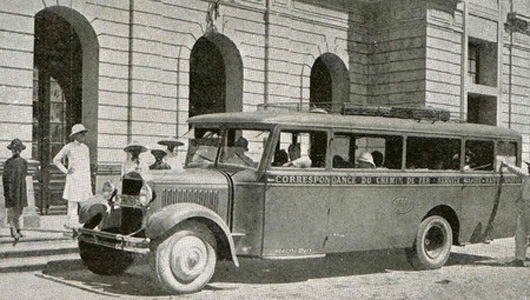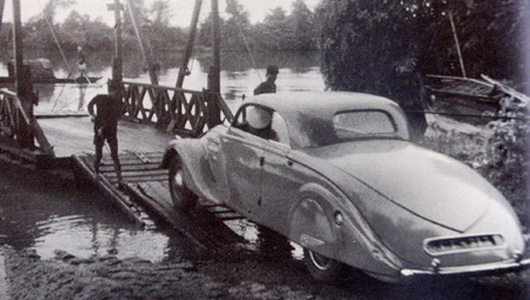According to a historical research document, in the mid-1920s, there were nearly 10,000 cars in all of Vietnam. This number shows the development of transportation in Vietnam, unfortunately, it is a development marked by the French colonial regime.
>> What did people in Hanoi drive in the 90s?
>> What did people in Saigon drive before 1975? (Part 1)
>> What did people in Saigon drive before 1975? (Part 2)
>> What did people in Saigon drive before 1975? (Part 3)
In 1926, a total of 10,299 motor vehicles were registered in Indochina, including 5,678 in Cochinchina, 2,866 in Tonkin, and 966 in Annam. The numbers for Cambodia and Laos were 683 and 106 respectively.
The types of vehicles were as follows: 7,479 cars, 1,532 large cars, and 1,288 motorcycles. Most of the large cars were used for public transportation. With the popularity of car tourism, the bus service has developed strongly.
The import value of cars during this period also increased dramatically. In 1915, the total value of car imports into Indochina was only 1 million francs, but by 1920, it had reached 33 million francs.
In 1921, the import value decreased to 13 million francs when the import tax was reduced by 50%. In 1927, Cochin China alone imported 2,092 cars worth 55 million francs.
Throughout Indochina, the development of cars has led to a sharp decline in railway revenue. Since 1926, railway managers have prevented the crisis by reducing tolls on the route from Tonkin to Annam. This measure has been effective in revitalizing railway transportation.
Another consequence of the development of road transportation is that the colonial authorities had to improve the highway network in the regions, replacing old wooden bridges with sturdy reinforced concrete structures that could accommodate trucks. It is estimated that the road network in Indochina expanded threefold over a 15-year period.
Thu Ha (TTTD/Tong hop)




